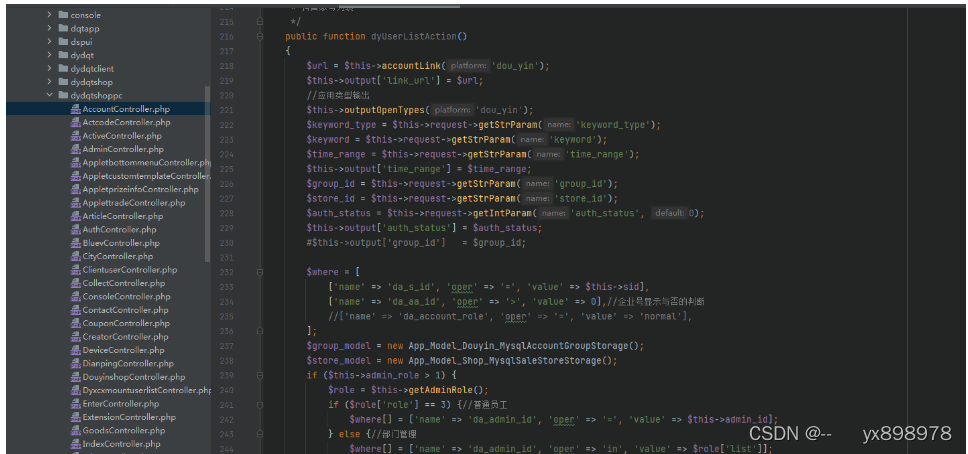一、短视频矩阵系统建模----技术api接口--获取用户授权
技术文档分享:
本系统采用MySQL数据库进行存储,数据库设计如下:
1.用户表(user):
- 用户ID(user_id)
- 用户名(username)
- 密码(password)
- 手机号(phone)
- 邮箱(email)
2.账号表(account):
- 账号ID(account_id)
- 账号名称(account_name)
- 账号密码(account_password)
- 抖音号(douyin_id)
- 手机号(account_phone)
- 账号状态(account_status)

二、矩阵系统矩阵源码开发原型
(1)多平台多账号管理
(2)视频内容批量产出
(3)UGC内容分享及数据统计
(4)意向询盘线索获取
(5)关键词布局排名
(6)智能在线客服
(7)矩阵号+内容+私域线索转化
三、短视频矩阵系统源码开发需要用到以下技术:
1.前端技术:HTML、CSS、JavaScript、Vue.js等前端框架。
2.后端技术:Java、Python、PHP等后端语言及相关框架,如Spring Boot、Django、Laravel等。
3.移动开发技术:Android、iOS开发技术。
4.视频处理技术:视频编解码、格式转换、视频剪辑等相关技术。
5.数据库技术:MySQL、Oracle等数据库。
6.服务端技术:Nginx、Tomcat等服务端开发相关技术。
7.云计算技术:阿里云、腾讯云等云计算平台相关技术。
8.安全技术:加密技术、防火墙等相关技术。





















 85
85











 被折叠的 条评论
为什么被折叠?
被折叠的 条评论
为什么被折叠?








